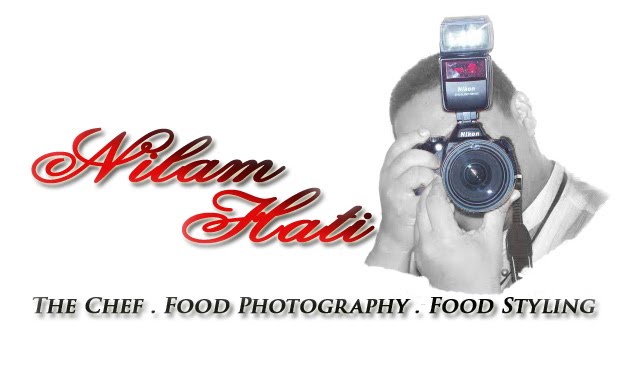Food photography is a specialization of commercial photography, aimed at producing of food for use in advertisements, packaging, menus or cookbooks. Professional food photography is a collaborative effort, usually involving an art director, a photographer, a food stylist, a prop stylist and their assistants that tended to be shot and composed the way people were used to encountering their food, laid out on a table setting and shot from an overhead perspective from the point of view of the eater. The Stylists accordingly arranged the food to appear good from above, with the items arranged flat on the plate and clearly separated from each other. Later, romantic lighting, shallower angles and more props “en vogue” came. Most recently, the prevailing trend in Western commercial food photography is to present the food as simple, clean and naturally as possible and with little props, often using effects such as selective focus, tilted plates, and extreme close-ups. This complements trends in professional cooking to make the food more visually interesting. For instance, the height of dishes tends to increase and their elements are often layered, which lends itself well to narrow-angled shots.
The role of the food stylist is to make the food look attractive in the finished photograph. The main difference between how a home cook or chef may present food and what a stylist does is the time and effort a stylist takes to carefully and artfully arrange the food. Also required is the visual know how, and ability to translate the perception of taste, aroma and appeal that one gets from an actual dish, to a two-dimensional photograph. Food stylists have culinary training; some are professional chefs or have a background in home economics. In addition to knowledge of nutrition and cooking techniques, food stylists must also be resourceful shoppers. As creative professionals, they envision the finished photograph and style the food accordingly.
The process of food photography begins with the purchase of the food and ingredients. Because only the most visually perfect foodstuffs are acceptable and multiple backup or test items are usually needed, this is a very time-consuming process. The best-looking of the purchased items is selected and marked as the "hero", example: the item that will be featured in the photograph. During the setup and for test shoots, it is represented by a cardboard stand-in.
The actual photography takes place in a studio under controlled lighting conditions. The light, background and setting are carefully prepared so as to present the food in an as attractive way as possible without distracting from it. The color and texture of the background is selected so as to effectively complement that of the food and to assist with its lighting.
Styled food is usually marked as inedible and discarded after the shoot, because it may have been handled or treated in ways that make it unsafe for consumption















No comments:
Post a Comment